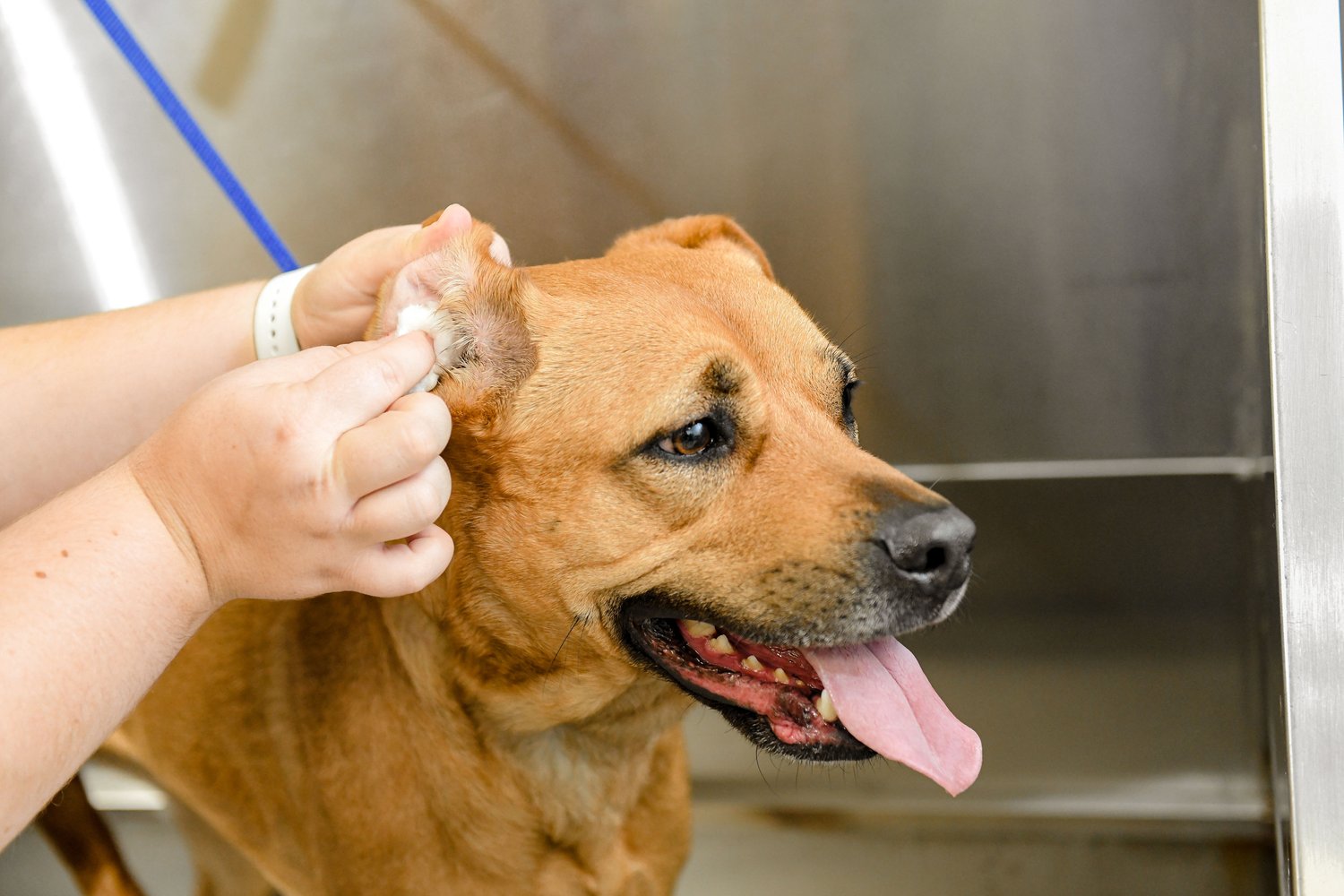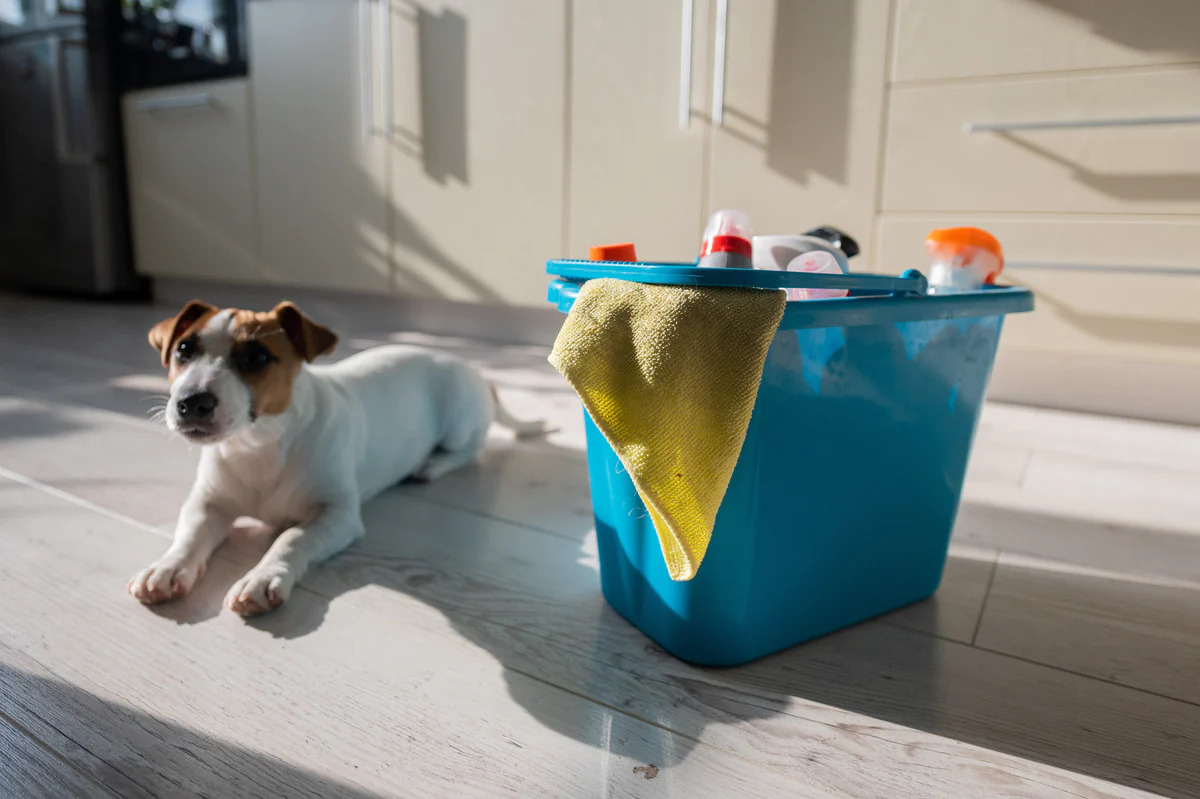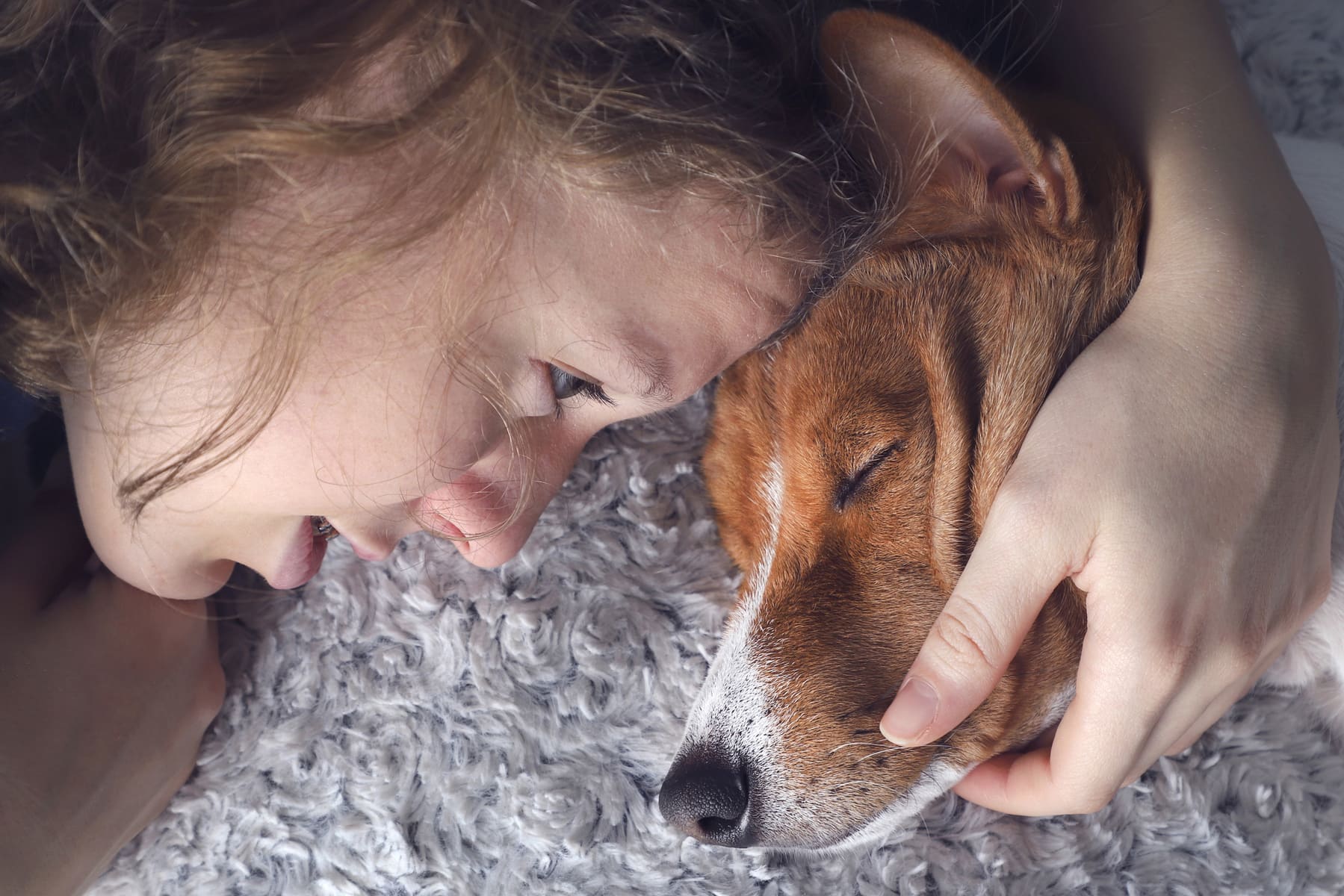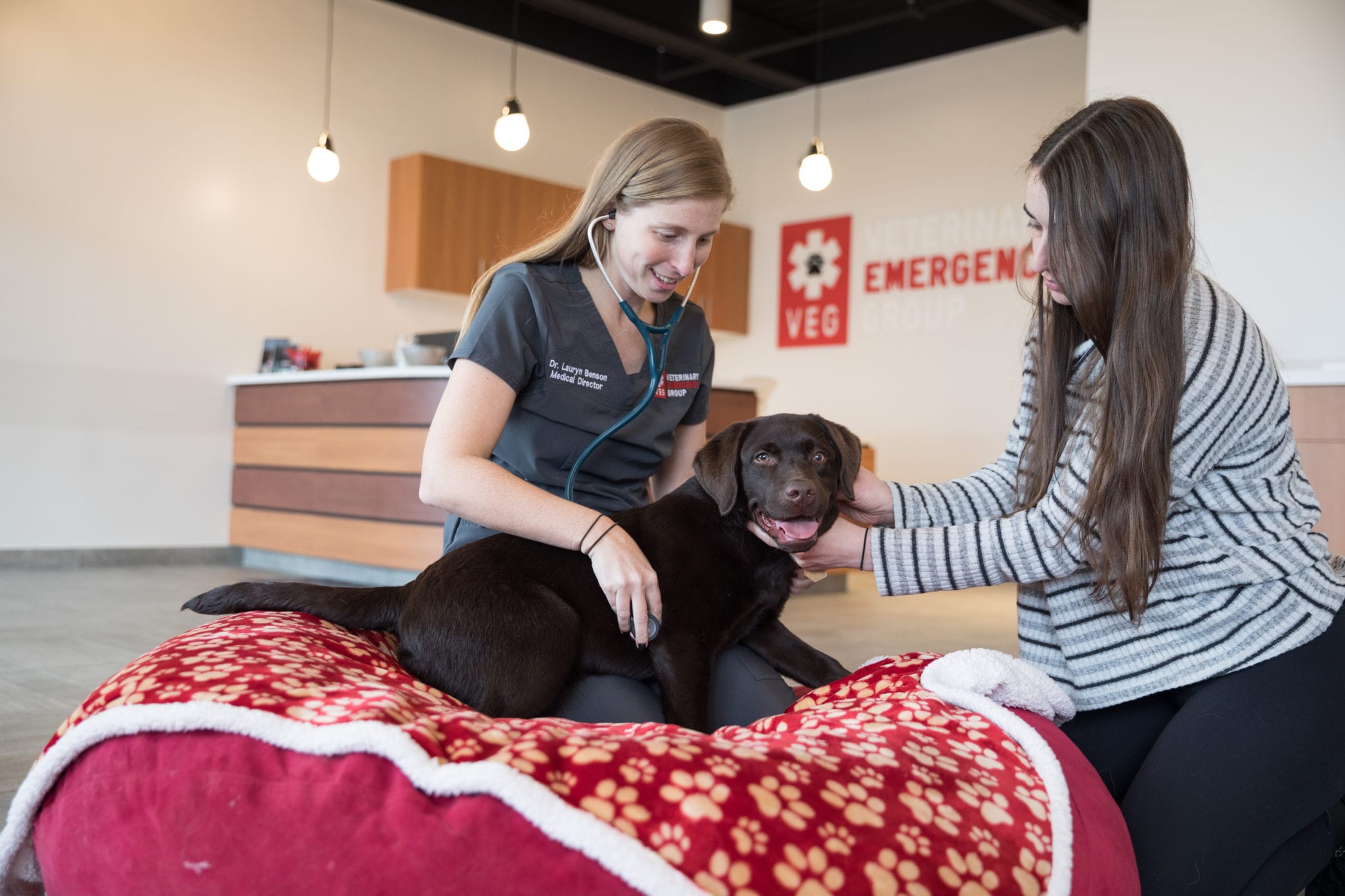Home>Health & Wellness>Common Health Issues>How To Know If Your Dog Is Allergic To Yeast
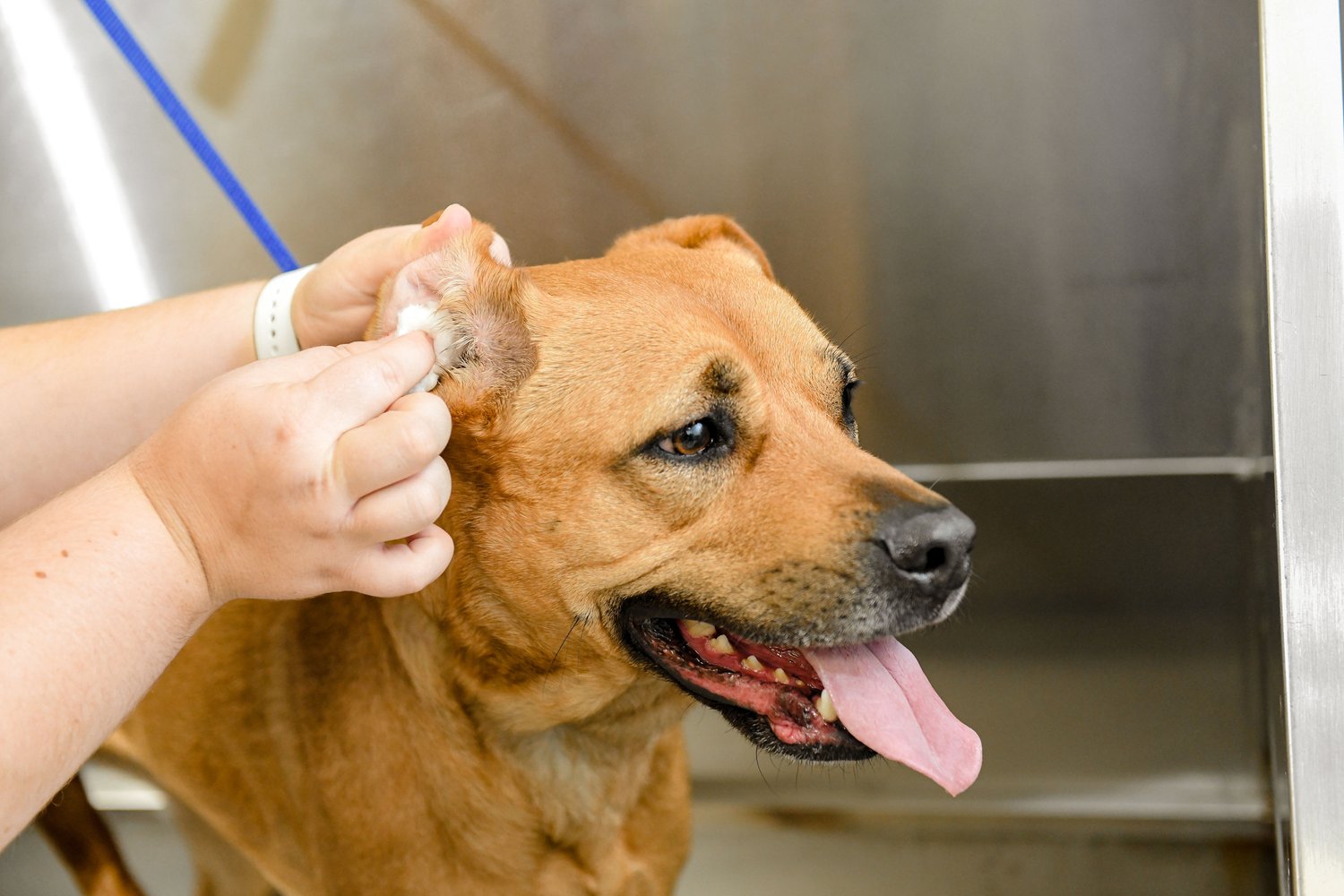

Common Health Issues
How To Know If Your Dog Is Allergic To Yeast
Published: January 25, 2024
Learn how to identify if your dog is allergic to yeast and other common health issues. Keep your furry friend healthy and happy with these tips.
(Many of the links in this article redirect to a specific reviewed product. Your purchase of these products through affiliate links helps to generate commission for Pawsomeoldies.com, at no extra cost. Learn more)
Table of Contents
Introduction
Yeast allergies in dogs can cause discomfort and distress, impacting their overall well-being. As a responsible pet owner, it's crucial to be aware of the signs and symptoms of yeast allergies in dogs and understand how to address this common health issue. By gaining insight into yeast allergies and their potential impact on your furry companion, you can take proactive steps to ensure their health and happiness.
Yeast allergies occur when a dog's immune system reacts negatively to yeast, a type of fungus commonly found in the environment and in certain foods. This immune response can lead to a range of symptoms, from mild irritation to more severe allergic reactions. Identifying and addressing yeast allergies in dogs is essential for promoting their quality of life and preventing potential complications.
In this comprehensive guide, we will delve into the nuances of yeast allergies in dogs, exploring the common symptoms, diagnostic methods, treatment options, and preventive measures. By understanding the intricacies of yeast allergies and their impact on canine health, you can equip yourself with the knowledge needed to support your dog's well-being and ensure they lead a happy, healthy life. Let's embark on this enlightening journey to uncover the mysteries of yeast allergies in dogs and discover effective strategies for managing and mitigating this prevalent health concern.
Read more: How To Know If Your Dog Is Allergic
Understanding Yeast Allergies in Dogs
Yeast allergies in dogs are a common health issue that can manifest in various ways, impacting the overall well-being of our beloved pets. Yeast, a type of fungus, is naturally present in the environment and can also be found in certain foods. While not all dogs are allergic to yeast, those with sensitivities can experience adverse reactions when exposed to this substance.
When a dog with a yeast allergy comes into contact with yeast, their immune system may perceive it as a threat, triggering an inflammatory response. This immune reaction can lead to a range of symptoms, including skin irritation, itching, ear infections, and gastrointestinal disturbances. It's important to note that yeast allergies are different from yeast infections, which are caused by an overgrowth of yeast on the skin or in the ears.
Yeast allergies can be particularly challenging to manage because yeast is pervasive in the environment and can be present in many commercial pet foods. Additionally, certain breeds may be more predisposed to yeast allergies, highlighting the need for vigilance and proactive measures to address this issue.
Understanding the specific triggers and manifestations of yeast allergies in dogs is crucial for providing effective care and support. By recognizing the signs of a yeast allergy and gaining insight into its underlying mechanisms, pet owners can take proactive steps to mitigate the impact of this condition on their canine companions.
In the following sections, we will explore the common symptoms of yeast allergies in dogs, diagnostic methods, treatment options, and preventive measures. By delving into these aspects, we can gain a comprehensive understanding of yeast allergies in dogs and equip ourselves with the knowledge needed to ensure the well-being of our furry friends.
Common Symptoms of Yeast Allergies in Dogs
Yeast allergies in dogs can manifest in a variety of symptoms, affecting different parts of the body and causing discomfort for our canine companions. Recognizing these common signs is essential for early intervention and effective management of yeast allergies. Here are the prevalent symptoms to watch for:
Skin Irritation:
Dogs with yeast allergies often experience skin issues, including redness, itching, and inflammation. You may notice your dog scratching, licking, or chewing at their skin excessively, particularly in areas such as the paws, ears, armpits, and groin. The skin may appear red, moist, or scaly, indicating a potential allergic reaction to yeast.
Ear Infections:
Yeast overgrowth in the ears can lead to recurrent ear infections in dogs with yeast allergies. Symptoms may include head shaking, ear scratching, foul odor from the ears, redness or swelling of the ear canal, and discharge. If left untreated, chronic ear infections can cause discomfort and potentially lead to more severe complications.
Gastrointestinal Disturbances:
Yeast allergies can also affect the digestive system, leading to gastrointestinal issues such as diarrhea, vomiting, and flatulence. Dogs may exhibit signs of abdominal discomfort, changes in bowel movements, and reduced appetite. These symptoms can significantly impact their overall well-being and may indicate an adverse reaction to yeast in their diet.
Paw Licking and Chewing:
Excessive licking and chewing of the paws can be a telltale sign of yeast allergies in dogs. Yeast overgrowth on the paws can cause irritation and discomfort, prompting dogs to engage in compulsive licking behavior. Persistent paw licking can lead to redness, hair loss, and secondary skin infections, highlighting the need for prompt attention.
Unpleasant Odor:
Yeast allergies can contribute to a distinct, musty odor emanating from a dog's skin or ears. This odor may be particularly noticeable after a dog has been exposed to moisture, such as after swimming or bathing. The presence of an unpleasant smell, especially in conjunction with other symptoms, can be indicative of a yeast-related issue.
Chronic Itching:
Persistent itching, particularly in localized areas or throughout the body, is a common symptom of yeast allergies in dogs. Dogs may scratch, bite, or rub against surfaces in an attempt to alleviate the discomfort caused by allergic reactions to yeast. Chronic itching can lead to skin damage and secondary infections if not addressed promptly.
By being attentive to these common symptoms, pet owners can promptly seek veterinary care and implement appropriate measures to address yeast allergies in their dogs. Early recognition of these signs is crucial for providing timely intervention and ensuring the well-being of our furry companions.
Read more: How Do You Know If Your Dog Has Anxiety
Diagnosing Yeast Allergies in Dogs
Diagnosing yeast allergies in dogs requires a comprehensive approach that involves thorough evaluation and targeted diagnostic procedures. Since yeast allergies can present with a variety of symptoms and mimic other health conditions, accurate diagnosis is essential for effective management. Veterinary professionals employ a combination of methods to assess and confirm yeast allergies in dogs, ensuring that appropriate measures can be taken to address the underlying allergic reactions.
Veterinary Examination:
The diagnostic process often begins with a detailed veterinary examination, during which the veterinarian gathers information about the dog's medical history, current symptoms, and potential environmental or dietary triggers. A thorough physical examination is conducted to assess the dog's skin, ears, and overall health. This initial assessment provides valuable insights that guide the subsequent diagnostic steps.
Skin and Ear Swabs:
To identify the presence of yeast overgrowth on the skin or in the ears, veterinarians may perform swab tests to collect samples for microscopic examination. Skin swabs can reveal the presence of yeast organisms and assess the severity of skin irritation, while ear swabs help detect yeast infections in the ear canal. Microscopic analysis of the swab samples enables veterinarians to confirm the presence of yeast and evaluate its impact on the affected areas.
Allergy Testing:
In cases where underlying allergies, including yeast allergies, are suspected, allergy testing may be recommended to pinpoint specific triggers. Allergy testing can involve blood tests or intradermal skin testing to identify the dog's immune responses to various allergens, including yeast. By determining the dog's allergic sensitivities, veterinarians can tailor treatment and management strategies to address the specific allergens affecting the dog.
Elimination Diets:
In instances where dietary factors are suspected to contribute to yeast allergies, veterinarians may recommend elimination diets to assess the dog's response to different food ingredients. By systematically removing potential allergens from the dog's diet and reintroducing them one at a time, veterinarians can identify specific dietary triggers that exacerbate yeast allergies. This approach helps isolate and address dietary factors contributing to allergic reactions.
Response to Treatment:
Observing the dog's response to targeted treatments for yeast allergies can also contribute to the diagnostic process. If the dog shows improvement in symptoms following specific interventions, such as antifungal medications or dietary modifications, it can provide valuable diagnostic insights. Positive responses to treatment help validate the presence of yeast allergies and guide ongoing management strategies.
By employing these diagnostic approaches, veterinarians can accurately identify yeast allergies in dogs, enabling pet owners to take proactive steps to address these allergic reactions effectively. A precise diagnosis forms the foundation for tailored treatment plans and preventive measures, ultimately promoting the well-being of dogs affected by yeast allergies.
Treatment Options for Yeast Allergies in Dogs
Addressing yeast allergies in dogs requires a multifaceted approach aimed at alleviating symptoms, managing allergic reactions, and minimizing exposure to yeast triggers. Veterinary professionals employ various treatment options to effectively mitigate the impact of yeast allergies on canine companions, promoting their comfort and well-being.
Antifungal Medications:
Antifungal medications play a pivotal role in combating yeast overgrowth and addressing associated symptoms in dogs. These medications, available in various forms such as oral tablets, topical creams, and medicated shampoos, work to eliminate yeast organisms and reduce skin and ear irritation. Veterinary guidance is essential for determining the appropriate antifungal treatment based on the severity of the dog's condition and the specific areas affected by yeast overgrowth.
Read more: How Do You Know If Your Dog Has A Parasite?
Dietary Modifications:
Dietary adjustments are often integral to managing yeast allergies in dogs. Since certain food ingredients can contribute to yeast overgrowth and exacerbate allergic reactions, transitioning to a balanced, yeast-free diet can help alleviate symptoms. This may involve selecting commercial pet foods specifically formulated to minimize yeast content or preparing homemade meals tailored to the dog's nutritional needs while avoiding yeast-promoting ingredients.
Topical Treatments:
Topical treatments, including medicated shampoos, ear cleansers, and skin sprays, are utilized to address localized yeast overgrowth and alleviate associated discomfort. These products are designed to cleanse the skin, soothe irritation, and reduce yeast proliferation in affected areas. Regular use of veterinarian-recommended topical treatments can help manage skin and ear symptoms, promoting a healthier skin and coat condition.
Environmental Management:
Minimizing the dog's exposure to environmental yeast sources is crucial for managing yeast allergies. This may involve implementing measures to reduce moisture and humidity in the dog's living environment, as yeast thrives in damp conditions. Regular cleaning and maintenance of living spaces, including bedding, play a vital role in minimizing yeast proliferation and creating a more favorable environment for dogs with yeast allergies.
Allergy Immunotherapy:
In cases where yeast allergies are part of a broader spectrum of allergic sensitivities, allergy immunotherapy may be considered. This treatment involves desensitizing the dog's immune system to specific allergens, including yeast, through targeted immunization protocols. Allergy immunotherapy aims to modulate the dog's immune responses, reducing the severity of allergic reactions and enhancing overall tolerance to allergens.
Ongoing Monitoring and Support:
Continuous monitoring of the dog's response to treatment and ongoing support from veterinary professionals are essential components of managing yeast allergies in dogs. Regular veterinary check-ups, follow-up assessments, and adjustments to treatment plans based on the dog's progress are integral to ensuring effective symptom management and long-term well-being.
By integrating these treatment options and personalized care strategies, pet owners can effectively address yeast allergies in their dogs, providing relief from symptoms and fostering a healthier, more comfortable life for their beloved canine companions.
Preventing Yeast Allergies in Dogs
Preventing yeast allergies in dogs involves proactive measures aimed at minimizing exposure to yeast triggers, promoting overall health, and creating an environment conducive to the well-being of our canine companions. By implementing preventive strategies, pet owners can reduce the likelihood of yeast allergies and contribute to their dogs' long-term health and comfort.
Balanced Nutrition:
A cornerstone of yeast allergy prevention is providing dogs with a balanced, nutritious diet that supports their immune system and overall health. Opting for high-quality, yeast-free commercial pet foods or preparing homemade meals using wholesome ingredients can help minimize the risk of dietary-related yeast allergies. Avoiding excessive consumption of sugary or starchy foods, which can contribute to yeast overgrowth, is essential for maintaining a healthy diet for dogs.
Regular Grooming and Hygiene:
Maintaining proper grooming and hygiene practices for dogs is crucial for preventing yeast allergies. Regular bathing with veterinarian-recommended shampoos, especially those formulated to address yeast-related skin issues, can help minimize yeast overgrowth and reduce skin irritation. Additionally, routine ear cleaning and dental care play vital roles in preventing yeast-related ear infections and oral health issues, contributing to overall hygiene and well-being.
Environmental Management:
Creating a clean, dry living environment for dogs is instrumental in preventing yeast allergies. Regular cleaning of living spaces, including bedding, toys, and common areas, helps minimize yeast proliferation and reduces the risk of environmental exposure to yeast. Adequate ventilation and moisture control, particularly in areas where dogs spend time, can help create an environment less conducive to yeast growth, thereby lowering the risk of allergic reactions.
Allergen Avoidance:
Identifying and minimizing exposure to potential allergens, including yeast, is essential for preventing allergic reactions in dogs. This may involve selecting yeast-free treats and snacks, as well as being mindful of yeast content in commercial pet foods. Additionally, avoiding environments with high yeast concentrations, such as damp outdoor areas, can help reduce the risk of environmental yeast exposure for dogs with sensitivities.
Regular Veterinary Care:
Proactive veterinary care, including routine check-ups and preventive healthcare measures, is integral to preventing yeast allergies in dogs. Regular examinations enable veterinarians to assess the dog's overall health, identify potential risk factors for yeast allergies, and provide guidance on preventive measures. Vaccinations, parasite control, and tailored healthcare plans contribute to maintaining the dog's immune system and reducing the likelihood of allergic reactions.
By incorporating these preventive strategies into their daily care routines, pet owners can significantly reduce the risk of yeast allergies in their dogs, fostering a healthier, more comfortable life for their beloved companions. Proactive prevention, coupled with attentive care and a supportive environment, plays a pivotal role in promoting the well-being of dogs and minimizing the impact of yeast allergies on their quality of life.
Conclusion
In conclusion, yeast allergies in dogs are a prevalent health concern that can manifest in a variety of symptoms, ranging from skin irritation and ear infections to gastrointestinal disturbances and chronic itching. Recognizing the signs of yeast allergies and understanding their impact on canine health is crucial for providing effective care and support to our furry companions. By delving into the nuances of yeast allergies, we have gained valuable insights into the common symptoms, diagnostic methods, treatment options, and preventive measures associated with this prevalent health issue.
Through proactive measures such as balanced nutrition, regular grooming and hygiene practices, environmental management, allergen avoidance, and ongoing veterinary care, pet owners can play a pivotal role in preventing yeast allergies and promoting the overall well-being of their dogs. Additionally, early recognition and accurate diagnosis of yeast allergies enable targeted treatment plans, including antifungal medications, dietary modifications, topical treatments, and allergy immunotherapy, to effectively alleviate symptoms and manage allergic reactions.
By integrating these comprehensive strategies and personalized care approaches, pet owners can ensure that their dogs receive the support needed to lead healthy, comfortable lives, free from the burdens of yeast allergies. The proactive prevention and management of yeast allergies contribute to the overall health and happiness of our beloved canine companions, fostering a strong bond built on attentive care and a supportive environment.
In essence, by equipping ourselves with the knowledge and understanding of yeast allergies in dogs, we can embark on a journey of proactive care, effective management, and preventive measures, ultimately enhancing the well-being and quality of life for our furry friends. Through our dedication to their health and comfort, we can create a nurturing environment where dogs can thrive, free from the challenges posed by yeast allergies.



